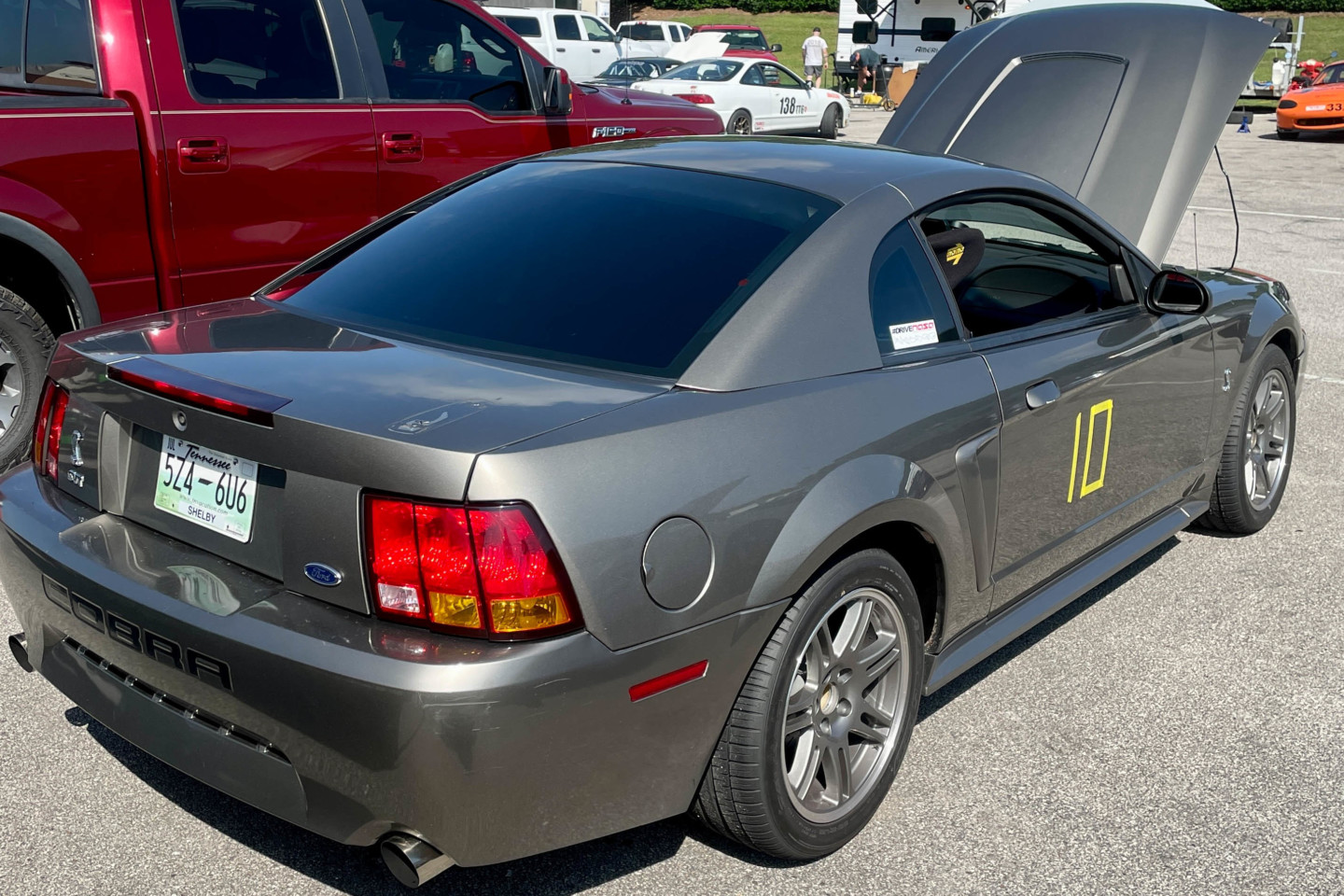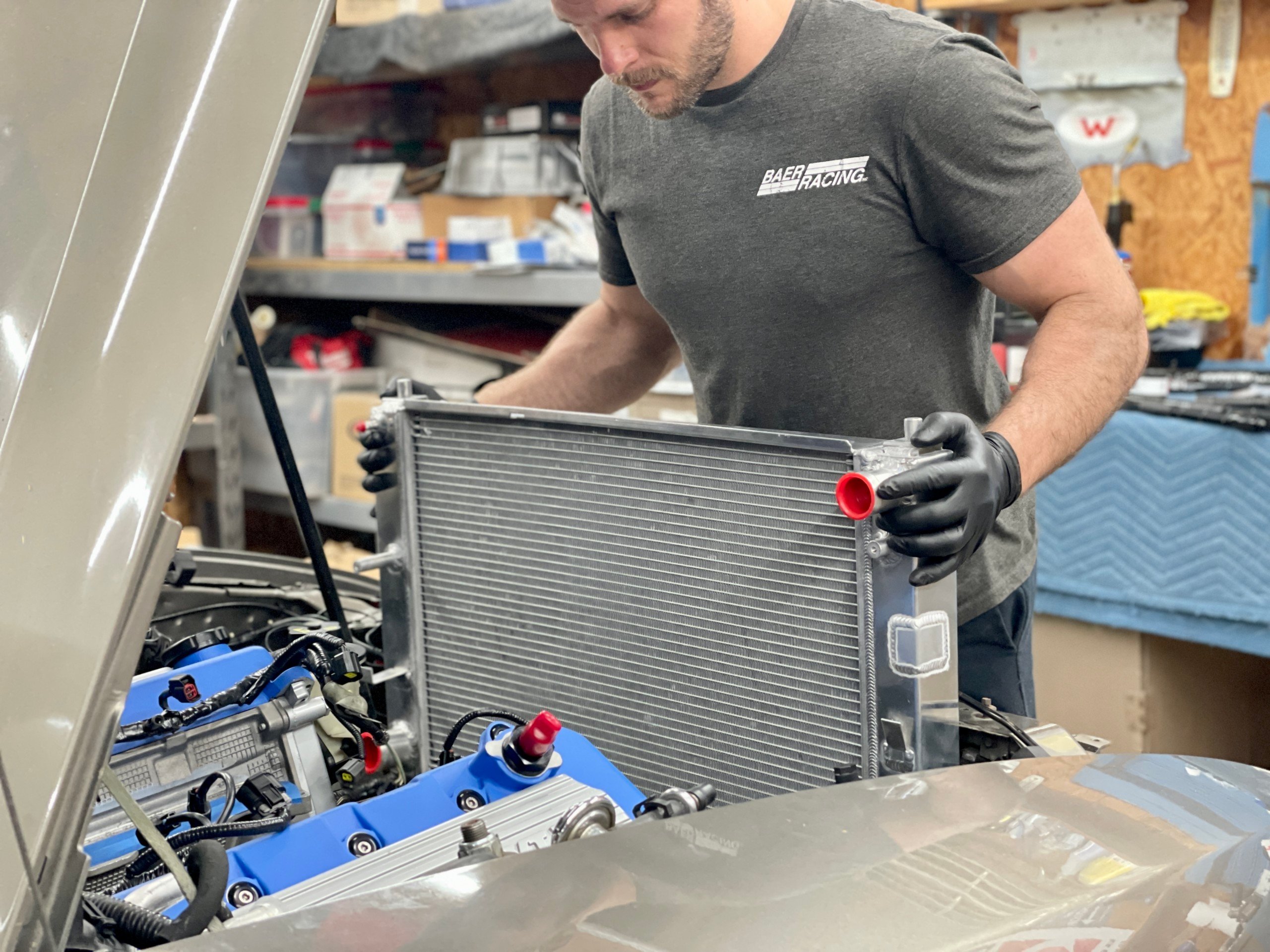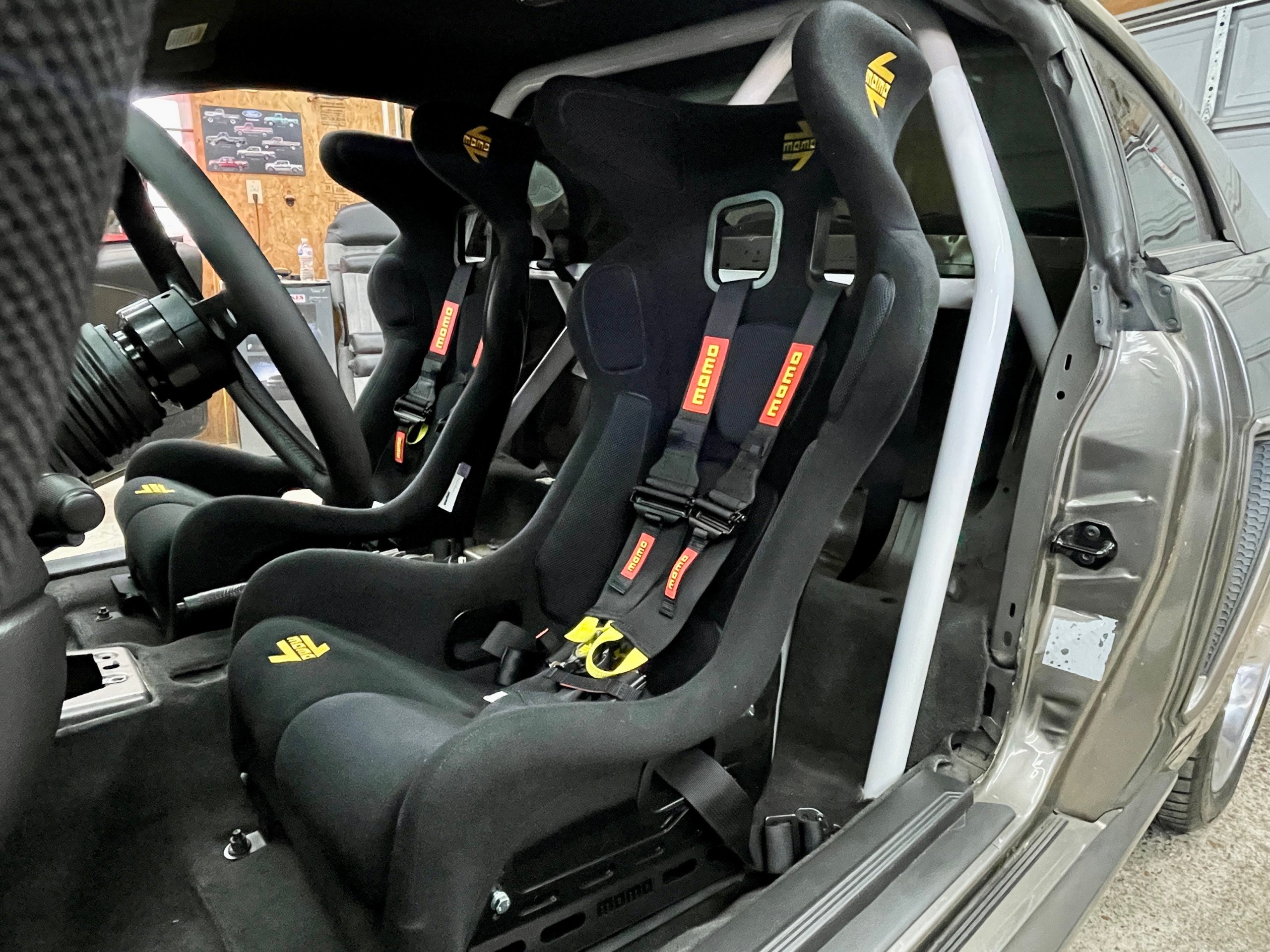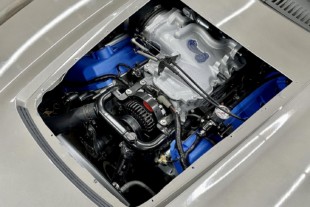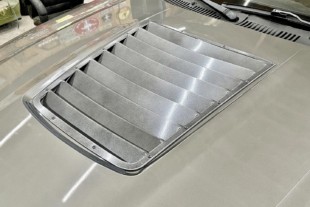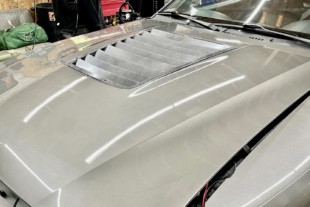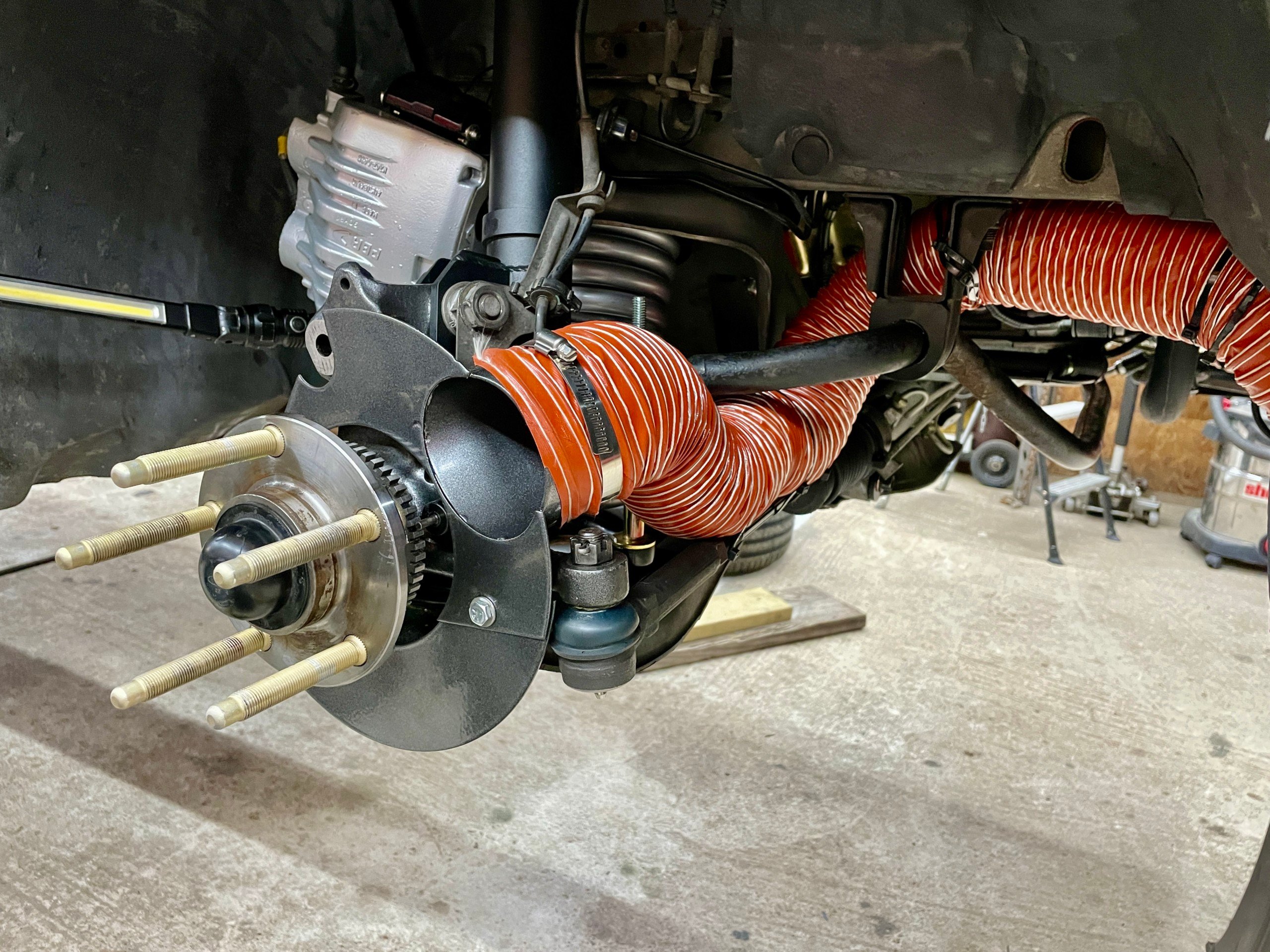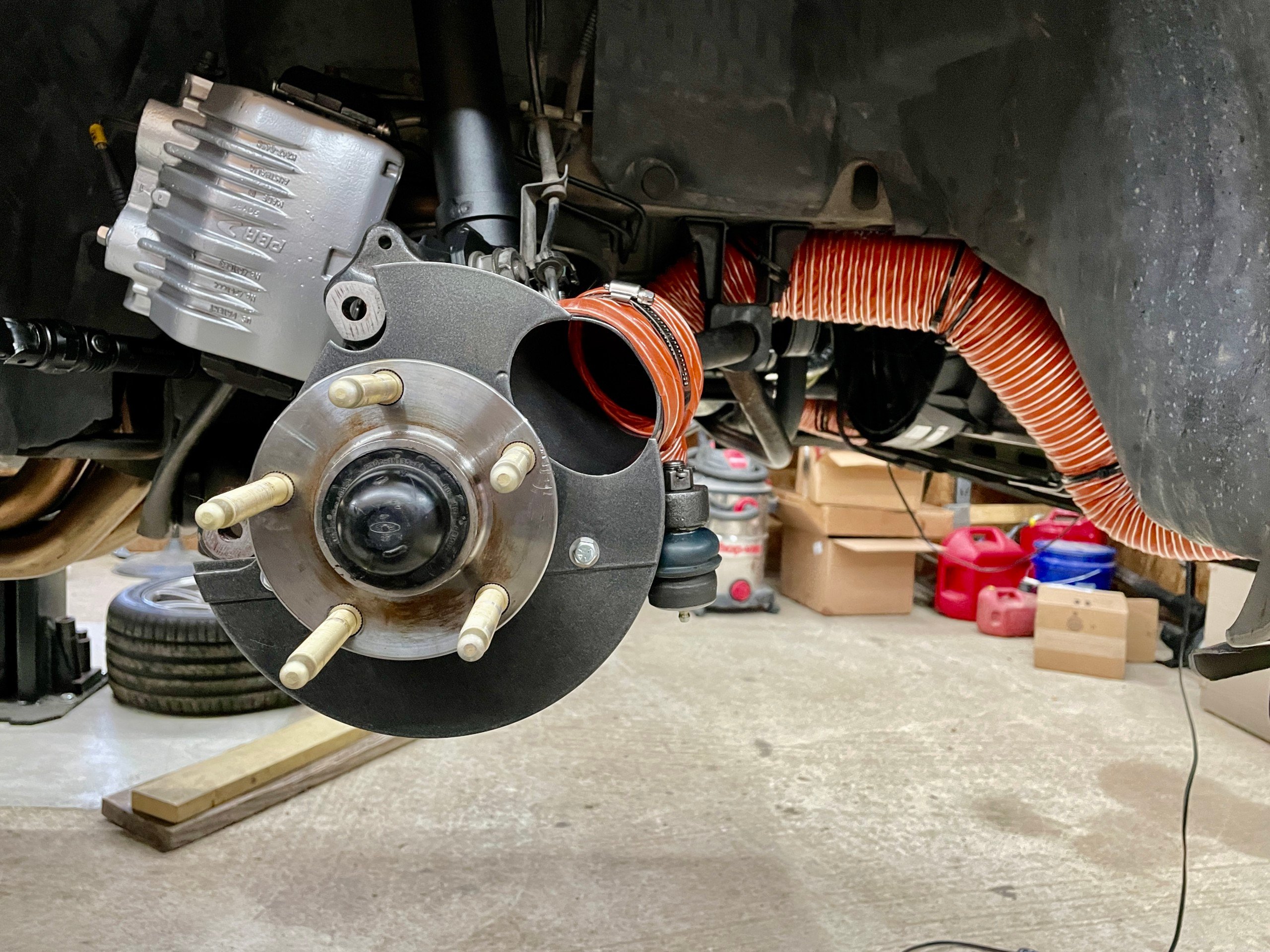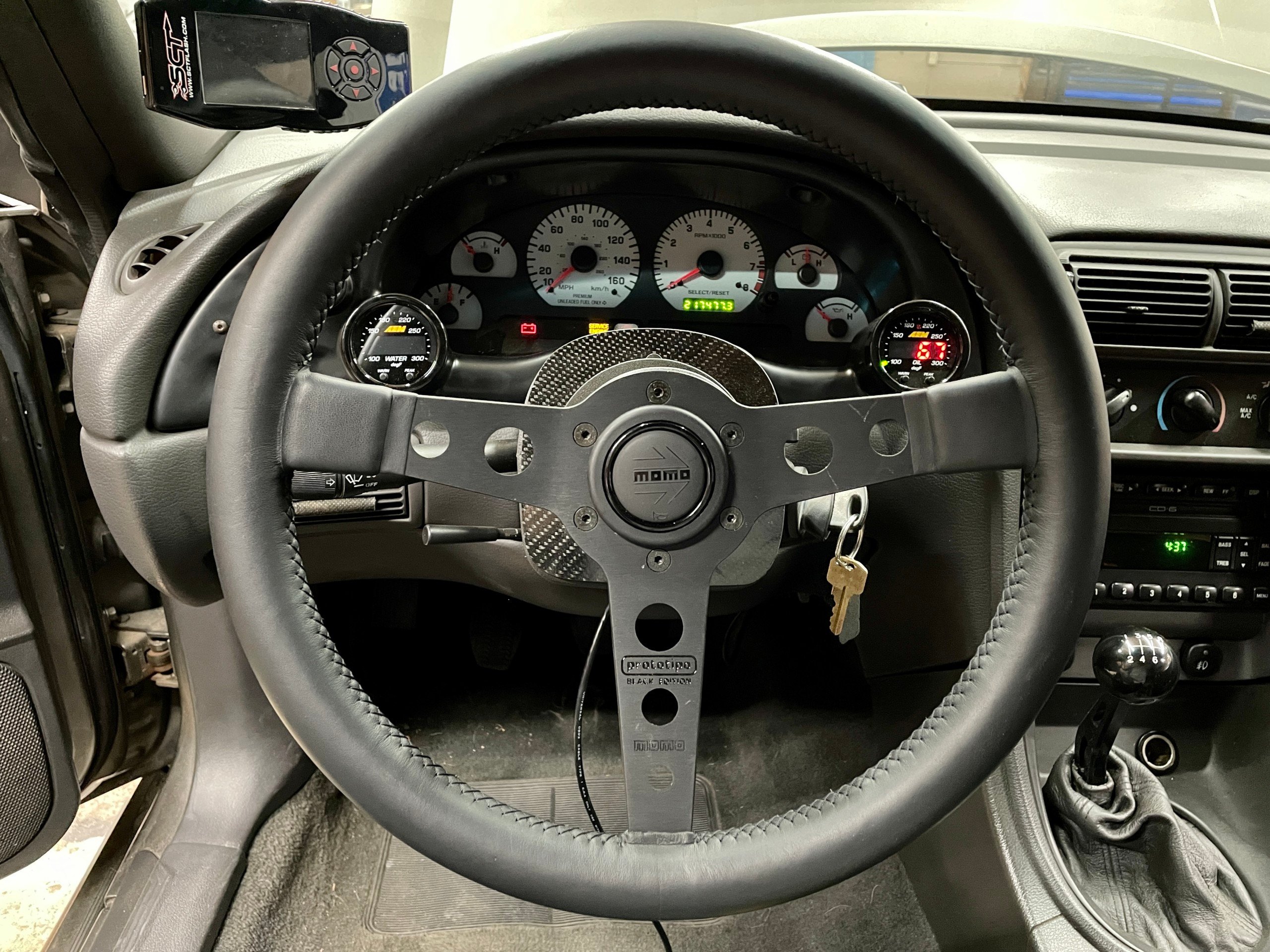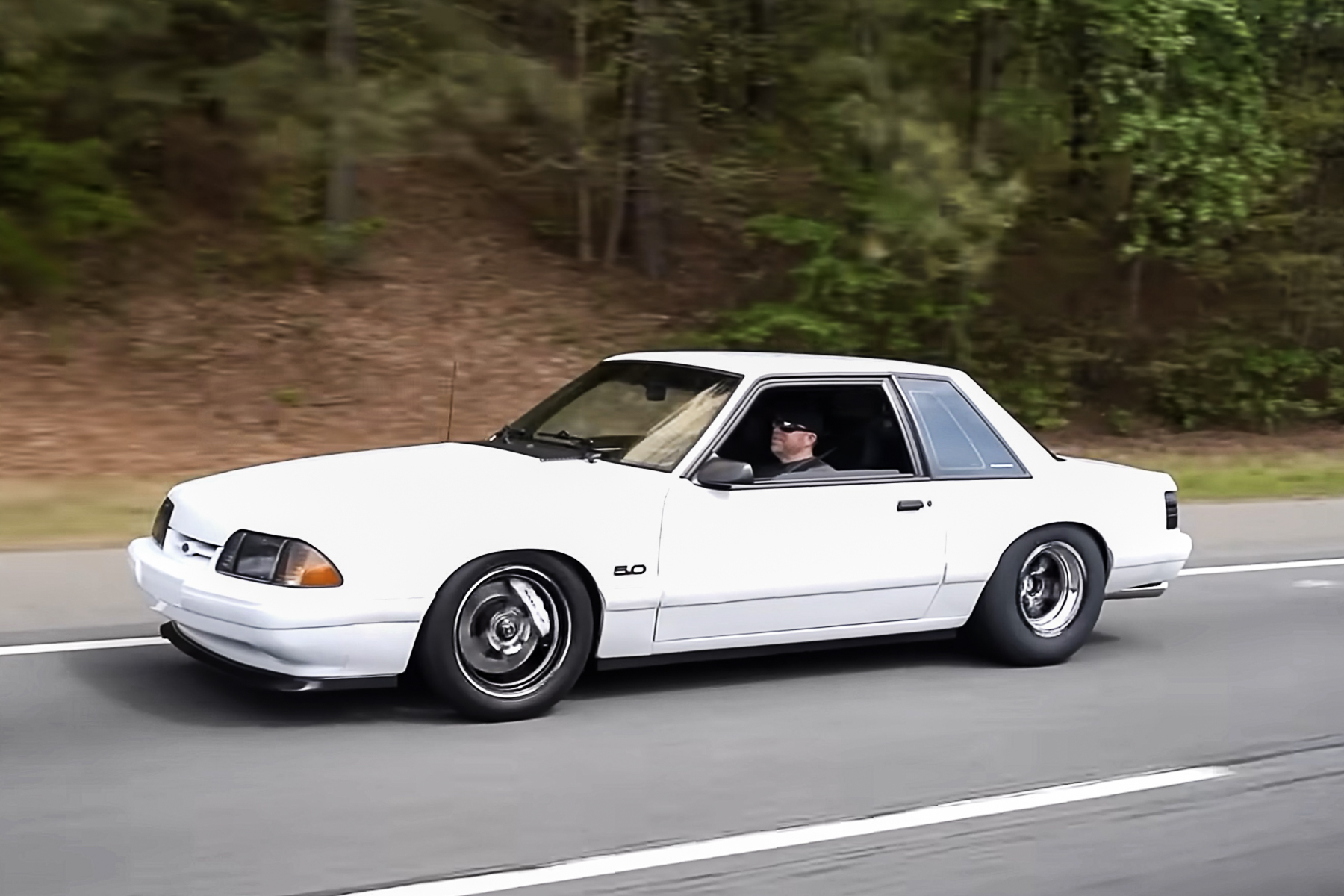Aside from being a thrilling experience, racing is nothing more than an advanced lesson on what worked, where improvements can be made, and most of all, what you might have overlooked when prepping for a track day. Although, it’s hard to throw shade at Project Apex for not being fully track prepped, as the majority of our prep was spent street driving.
Unlike the track, the street is a more docile place where pushing limits is difficult and oftentimes unsafe. Since our street runs were short, and late braking into a corner proved difficult, both the engine and brakes endured a lot less stress and heat than they would experience on the track. This made forecasting Project Apex’s potential problems at Barber Motorsports Park difficult.
Before this comes off as casting shame toward Ivan Korda, owner of Project Apex, products used in the build, or the workmanship from anyone, that simply isn’t the case. The track is there for a reason, and using it as a learning tool will only further develop our chassis. That being said, we were extremely impressed with the Cobra’s first track outing. The four-valve engine didn’t consume any fluids, nor did it oil down the track. The first round of suspension and tire upgrades allowed us to keep all four wheels on track. Finally, the safety restraints from MOMO allowed Ivan to stay focused on the track without fear of sliding out of his seat.
During the build phase of our 2001 Cobra, we decided to implement a few upgrades. This included cooling, safety, and tires. Now that we have finished our first track day, we've found places to optimize the performance of these items with new techniques.
Although we addressed as much as we could beforehand, we knew the feedback gathered at the track would ultimately decide our next steps before adding more handling and performance parts to the mixture. Thankfully, the list was rather short, and we were able to knock out these items before scheduling our next track day.
The first thing we noticed within a few laps at Barber was our seat placement. Even though Ivan is 6-foot 2-inches with a 32-inch inseam, he was having difficulty with third gear. This wasn’t an issue with the transmission or swap kit, but rather about fine-tuning our seating position to allow the throttle and clutch pedals to be fully applied during track sessions.
One of the major constraints of non-track testing is duplicating the heat that can be seen during lengthy track sessions. While the four-valve engine and cooling system had been pushed on the dyno and street, it had yet to face the immense heat seen at Barber Motorsports. Thankfully, the Fluidyne radiator worked extremely well. However, instead of relying on these products in stock trim, we’ve decided in the future to maximize the cooling potential of these products by boxing in the incoming air to the radiator and extracting the post-radiator heat via our new hood vents from Carter’s Customs.
While we have plans to box-in the air coming towards the radiator, we had to create an exit path as well. C2 Aero provided the perfect vent and our 2001 Cobra gained an aggressive hood.
Investment costs pop up in all forms of motorsports, and having the ability to make items last longer means more budget to spend on actual racing. An often overlooked factor is providing cooling to the brakes to keep rotors and pads alive a lot longer. We learned this tech tip from a veteran racer, but Ford had showcased this a year prior to the birth of our Cobra in the 2000 Cobra-R with proper brake ducting that we hope to mimic. Since Cobra-R parts are unobtainable, we found that Kenny Brown reproduced a front brake duct kit with silicone hose for our generation of Mustang.
Aesthetics aside, cooling the brakes offers a two-fold improvement. Keeping the brakes cooler provides longevity of our pads and rotors and allows for better braking performance, as the heat is dissipated quicker.
Through the use of our SCT X4, we were able to log data during each session. This was extremely helpful, but unfortunately, the Cobra’s OBD II port does not deliver engine oil temperatures. Since we plan to push our platform on the track with an end goal of participating in endurance racing, we knew we needed this data to keep our engine alive. We’re going to add an AEM oil temperature gauge and AutoMeter gauge pod to give us real-time information that we can visually inspect when making laps on the track.
We wanted to make sure that our engine's oil temperature was staying at a safe level on track. Unfortunately, our current method of data acquisition through the 0BD II port was not going to work. So, we sought out a gauge setup from AEM that would allow us the ability to monitor temperatures in real-time. The AutoMeter gauge pod around the factory cluster allowed us to keep our windshield space free to continue to hit our marks on track.
Seeing as how this was the first outing of Project Apex, we’re excited to see that our list was rather short. Hopefully this round of modifications will keep our engine running cooler, brakes lasting longer, and fluids staying cool. Stick around as we begin our next round of suspension modifications and more before returning to Barber Motorsports Park for another round of track days.

